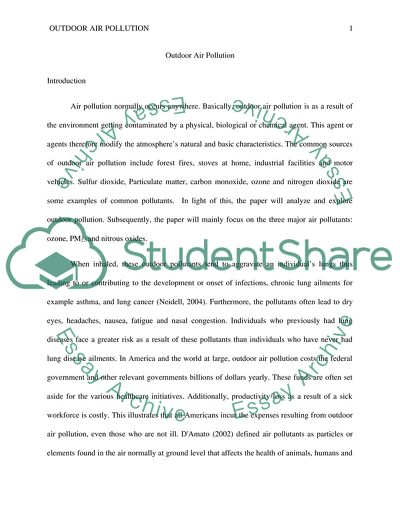Cite this document
(Outdoor Air pollution Term Paper Example | Topics and Well Written Essays - 2250 words, n.d.)
Outdoor Air pollution Term Paper Example | Topics and Well Written Essays - 2250 words. https://studentshare.org/environmental-studies/1848656-outdoor-air-pollution
Outdoor Air pollution Term Paper Example | Topics and Well Written Essays - 2250 words. https://studentshare.org/environmental-studies/1848656-outdoor-air-pollution
(Outdoor Air Pollution Term Paper Example | Topics and Well Written Essays - 2250 Words)
Outdoor Air Pollution Term Paper Example | Topics and Well Written Essays - 2250 Words. https://studentshare.org/environmental-studies/1848656-outdoor-air-pollution.
Outdoor Air Pollution Term Paper Example | Topics and Well Written Essays - 2250 Words. https://studentshare.org/environmental-studies/1848656-outdoor-air-pollution.
“Outdoor Air Pollution Term Paper Example | Topics and Well Written Essays - 2250 Words”. https://studentshare.org/environmental-studies/1848656-outdoor-air-pollution.


